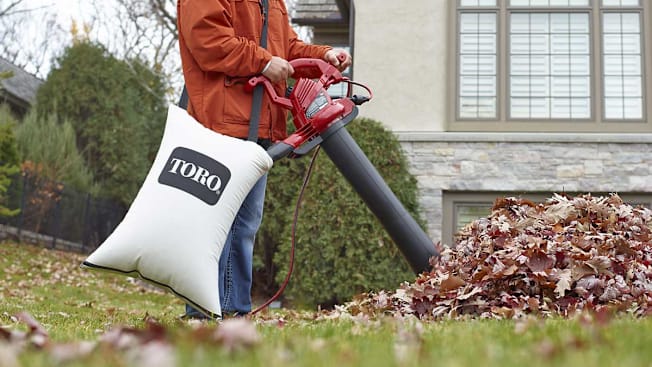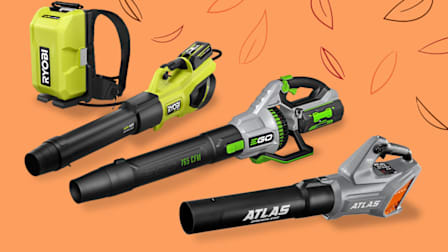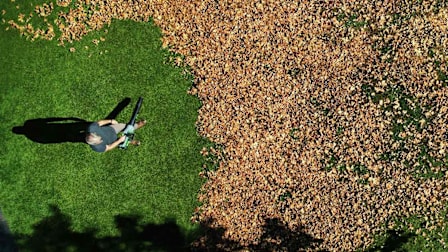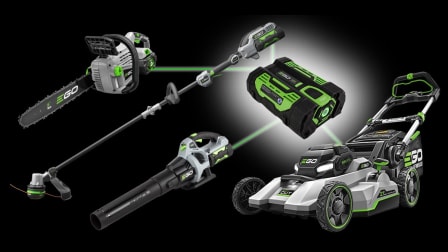Do You Really Need a Leaf Blower Vacuum?
CR's tests show that models with built-in vacs aren’t as versatile as you might think
When you shop through retailer links on our site, we may earn affiliate commissions. 100% of the fees we collect are used to support our nonprofit mission. Learn more.

Whether you’re rustling up oak leaves in fall or magnolia petals in spring, leaf blowers with a built-in vacuum mode are designed to be a one-tool solution to blowing and bagging leaves. But the products often don’t live up to their promise, especially when you need to blow a lot of leaves. While manufacturers generally claim their leaf blower vacuums can shred leaves to as little as a sixteenth of their original volume, our testing team found that many tools only reduce leaves down to a third or a quarter of their starting volume.
“The vacuum on most leaf blowers isn’t really designed to deal with a huge pile of leaves,” says Dave Trezza, who leads leaf blower testing at CR. “And it’s rare that we see a leaf blower live up to its promised mulching ratio.”
Best Leaf Blower Vacuums
The top-rated vacuum leaf blowers do a solid job of sweeping and loosening leaves, and they can easily handle a small yard.
How to Use a Leaf Blower Vacuum
Start in leaf blower mode, and corral the bulk of your leaves into a large pile. (For tips, check out CR’s clever strategies for dealing with leaves.) After that, you can jump over to vacuum mode.
For some models, that’s as easy as flipping a switch from “blow” to “vacuum.” Others might require you to install or attach a bag, which usually just twists on by hand, though in some cases you may need a small tool, like a hex key.
Use the blower’s vacuum mode to suck up any stragglers. Make sure you work around bushes and flower beds, where a blower could damage plants or send soil and mulch flying. When you’re finished, empty the bag and flip it inside out to clean it thoroughly. Lingering leaves, particularly if they’re wet, will break down and start to smell funky.
The vacuum is also helpful for tidying up porches, patios, and decks as trees shed their last leaves of the season. Some models (and aftermarket attachments) have curved nozzles specifically designed for blowing or sucking leaves out of gutters—but make sure to follow the safety guidelines if you’re working from a ladder.
And, as with all leaf blowers, don’t rush to store your tool at the first sign of winter. The blower function can be used to clear a light dusting of snow from decks, patios, and walkways, buying you a little time before you have to break out your snow blower.
How CR Tests Leaf Blower Vacuums
For every leaf blower, our test engineers rope off a swath of grass, and we dump bag upon bag of leaves inside the boundary. Some years, we go through more than 2,000 pounds of leaves in the testing process.
To test a leaf blower’s vacuuming capabilities, we time how long it takes each blower to pick up the pile of leaves. We also measure the volume of the vacuumed leaves to see how well the blower mulches leaves.
For more on how we test, check our leaf blower buying guide.
































